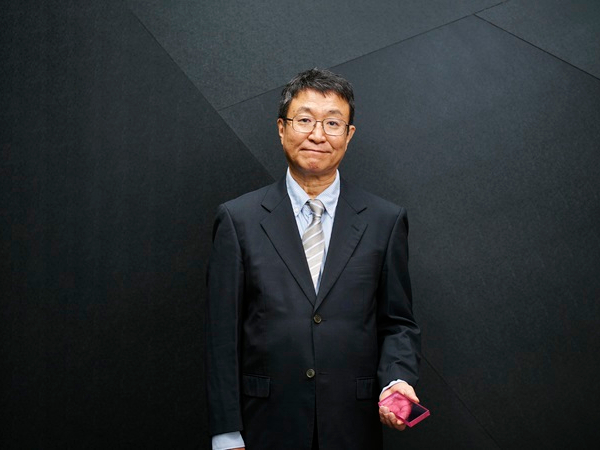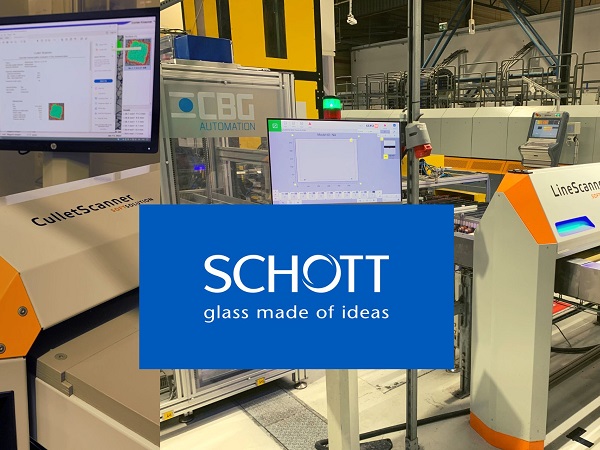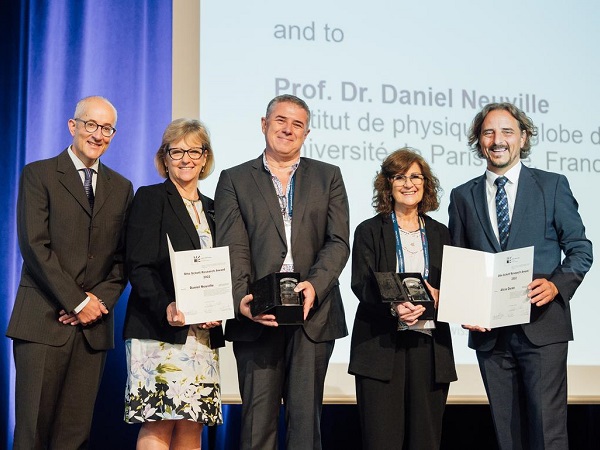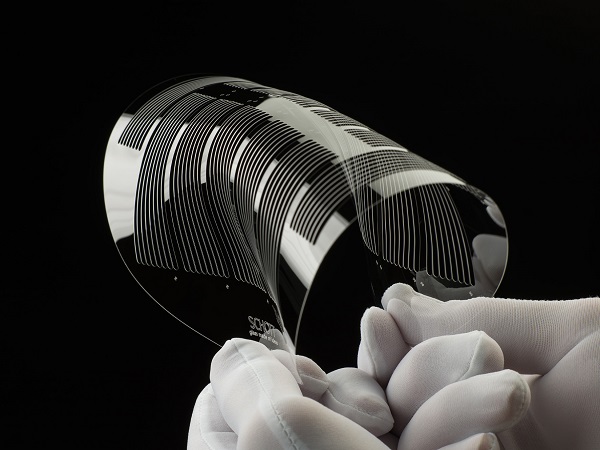Date: 8 April 2010
The product offering includes fully finished laser components fabricated to custom specifications (e.g. rods, slabs and discs) with high laser damage threshold dielectric coatings.
The LG-910 products lase at 1.5 µm, a wavelength that is less damaging to the eye. SCHOTT’s development brings more opportunity for defense applications where eye-safety is of significant concern. Modern defense systems increasingly employ lasers at 1.5µm for ranging and targeting on handheld, ground, fixed-wing and rotary platforms for which LG-910 is ideally suited. In addition, this light emission has been shown to have promising cosmetic applications, such as skin rejuvenation and scar removal.
The LG-910 is an Erbium – Ytterbium – Chromium doped phosphate based laser glass that can be made into rods, slabs and discs, which are used primarily in flashlamp and diode pumped solid-state laser systems. Phosphate glasses generally offer higher solubility of rare earth dopants, thus the amount of active ions can be significantly increased, resulting in higher performance over competing technologies in pulsed applications.
"Starting with careful control of the purity of our raw materials that go into our composition, and then optimizing the melting and finishing processes, we have developed a superior product that meets the most demanding specifications in defense systems," explains Dr. Eric Urruti, Director of Research and Technology Development, SCHOTT North America.
Custom laser glasses with rare-earth dopants
Standard SCHOTT laser glasses like the new LG-910 and the existing LG and APG laser glasses are typically doped with Neodymium (Nd) or Erbium (Er) as active ions. However, SCHOTT has successfully manufactured laser glasses with all rare earth ions and combinations thereof. Dopants are added to the existing base compositions of any standard laser glasses, and tailored to customer requirements and applications.
Fully finished components
SCHOTT supplies LG-910 components fully finished and coated to customer specifications, as polishing and coating can have a strong impact on laser performance. High laser damage thresholds have been achieved to meet the requirements of demanding applications.







Add new comment